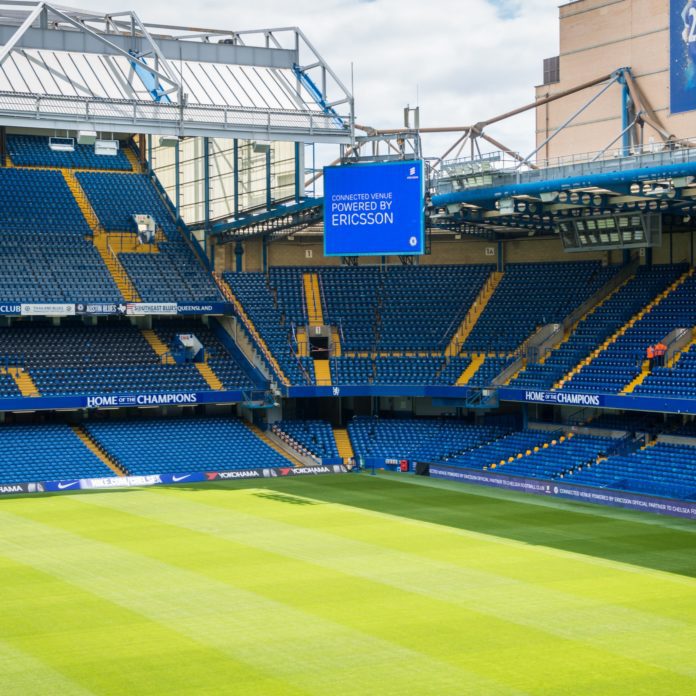Small-cell-as-a-service offering embraced by Chelsea Football Club
This week Ericsson announced decreasing sales across all business units including its managed services division, but Patrik Jakobson, head of network-as-a-service, a subset of the managed services unit, expects small-cell-as-a-service (ScaaS) to gain momentum in not only the connected venue use, but also as enterprises and industries leverage new spectrum to stand up private LTE networks.
“We include everything from building the network, designing, operating and optimizing and doing that over a long-term service agreement where Ericsson is also providing the technology,” Jakobson explained this week in an interview with RCR Wireless News.
He continued: “Ericsson takes financial responsibility. We are actually the one that is sourcing and procuring the technology needed and doing all the services that are needed. From a customer perspective, they are trying to achieve excellent connectivity so they can give their fans an excellent digital experience. It’s a different business model compared to Ericsson’s traditional business. Here we are typically working with the commercial side. It’s really simplifying the process.”
At Chelsea Football Club’s Stamford Bridge stadium in the Fulham area of London, the venue owners are working with Ericsson to provide free Wi-Fi using the ScaaS model. The network infrastructure vendor will deploy and manage a carrier-grade Wi-Fi network.
Jakobson said the benefit to Ericsson comes from “long-term service agreements with SLAs and KPIs and really using the scale we have. We are, of course, utilizing the same kind of managed services machine we have in place. We are also utilizing the technologies we have. You can really make sure that you can deliver some of the commercial benefits of the technologies that’s sometimes harder to realize,” through more traditional RFQ-based models. “Here you can really optimize the solution based on the outcome. When it comes to ROI, it depends. In this case we have a two-year contract with Chelsea,” which he said is a shorter time period than most similar contracts, but, “We have an ROI in that period. This is on a kind of deal-by-deal basis.
Looking ahead, Jakobson sees opportunities related to unlicensed, shared and “lightly regulated spectrum. I think with CBRS in the U.S. are leading a bit when it comes to unlicensed. I think we’ll see lots of activity in that area. Also, an interesting relation to that, if you look at some of the countries and regulators in Europe, they’re starting to open up lightly regulated spectrum. I think in that area you will see a combination of licensed, unlicensed and lightly regulated.”

